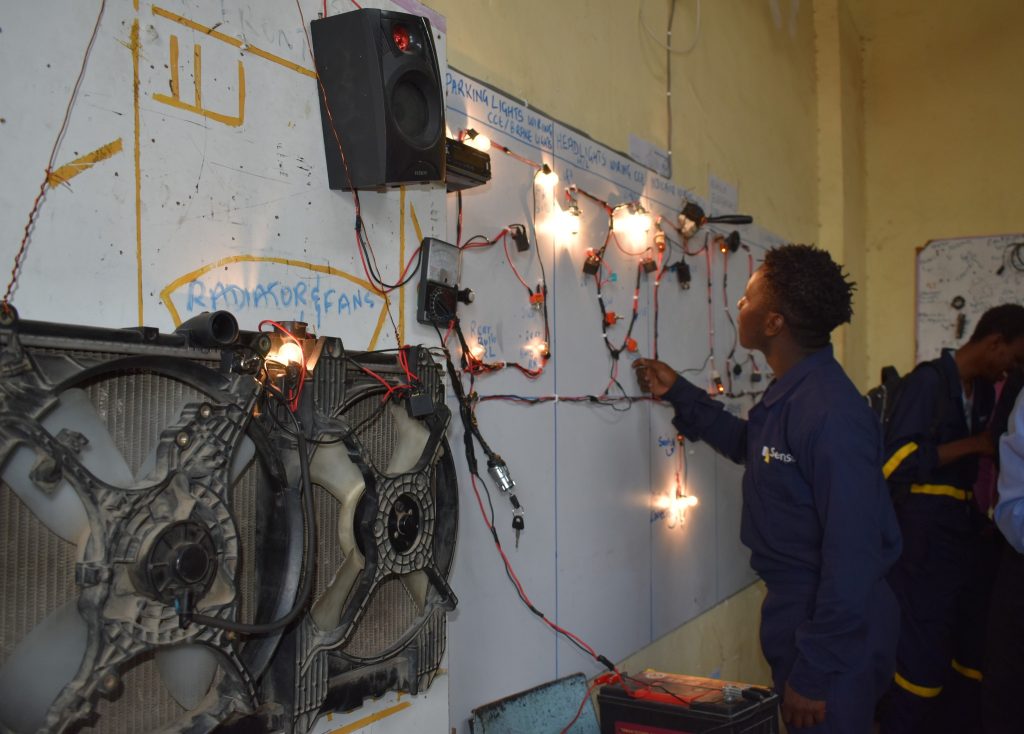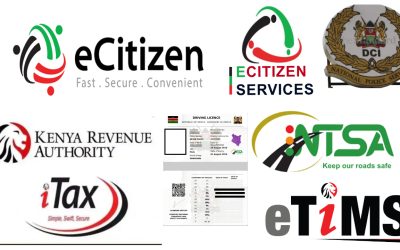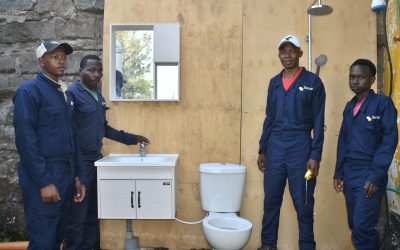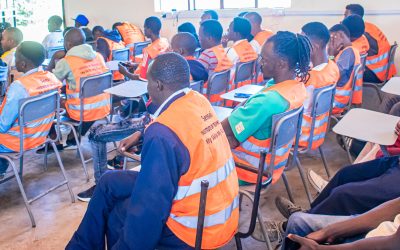
Modularization is at the heart of Kenya’s evolving education and training reforms. As the country places greater emphasis on industry relevance, employability, and learner-centered approaches, this model has become a cornerstone of the Competency-Based Education and Training (CBET) framework currently being implemented across the Technical and Vocational Education and Training (TVET) sector. It represents a bold step toward making skills training more flexible, responsive, and inclusive for a diverse and dynamic workforce.
Spearheaded by the TVET Authority (TVETA) and the TVET Curriculum Development, Assessment and Certification Council (CDACC), this shift aims to make vocational training more flexible, inclusive, and aligned with the changing demands of the job market.
What is Modularization?
Modularization refers to the structuring of training programs into smaller, independent units known as modules, each focused on specific skills or competencies. Unlike traditional linear programs, modularized training allows learners to undertake and complete one module at a time, with each module being assessed and certified individually.
Learners can progressively build up their competencies and, upon completion of all required modules within a given occupational area, qualify for a full certificate or diploma.
Why Modularization Matters in Kenya
1. Greater Flexibility for Learners
Modular training provides flexible entry and exit points, allowing learners to:
- Train part-time while working or managing other responsibilities
- Pause and resume learning without starting over
- Progress at their own pace
This is particularly beneficial for adult learners, informal sector workers, and youth with limited access to continuous training opportunities.
2. Industry-Relevant Skills Development
Modules are developed in collaboration with industry stakeholders, ensuring that training is:
- Directly tied to job roles and current market needs
- Practical and competency-based
- Aligned with technological and sectoral trends
This approach bridges the gap between training institutions and employers by producing graduates with skills that are ready for use in the workplace.
3. Recognition of Prior Learning (RPL)
Modularization supports Recognition of Prior Learning, allowing individuals with informal experience to be assessed, certified, and integrated into formal training pathways without redundant learning.
4. Faster Employment and Upskilling
Because modules are certified independently, learners can gain employable skills early in their training journey, use them to secure jobs, and return later to upgrade or specialize.
Implementation in Kenyan TVET Institutions
The rollout of modular programs is currently underway in several public and private institutions across Kenya. This follows a directive by TVETA and CDACC requiring full adoption of modularized CBET curricula by May 2025.
Key Implementation Milestones:
- Development of occupational standards for various trades
- Modular curriculum design and validation
- Nationwide trainer sensitization and capacity-building programs
- Establishment of assessment tools and industry-aligned certification frameworks
Institutions such as Sensei College are among the early adopters, already offering modular courses across various disciplines including building technology, electrical engineering, motor vehicle mechanics, and more.
Challenges to Address
While modularization brings numerous benefits, it also presents several implementation challenges:
- Capacity gaps among trainers who require ongoing CBET orientation
- Need for standardized and accessible assessment tools
- Limited public awareness of modular training benefits
- Institutional readiness and infrastructure constraints
- Alignment with labor market structures and employer expectations
To address these, TVETA and CDACC are working with development partners, industry associations, and training institutions to ensure a smooth and effective transition.
Looking Ahead: A Skills-Driven Future
Modularization aligns with Kenya’s broader Vision 2030 and TVET reforms aimed at producing a globally competitive, adaptable, and inclusive workforce. By allowing students to enter, exit, and re-enter training based on their needs and circumstances, it provides a learner-centered model that supports lifelong learning and responsive upskilling.
As the country embraces this modular model, the TVET sector is positioned to:
- Increase access and equity in technical education
- Improve outcomes and employability
- Create stronger linkages between learning and labor market needs
Conclusion
Modularization is not just a curriculum reform—it is a paradigm shift in how Kenya develops skills, empowers youth, and responds to the realities of a fast-changing job market. It offers a scalable, practical, and inclusive solution to the challenges facing technical training today.
With coordinated implementation and sustained support, modularization has the potential to reshape the future of education in Kenya—one skill, one module, and one opportunity at a time.






